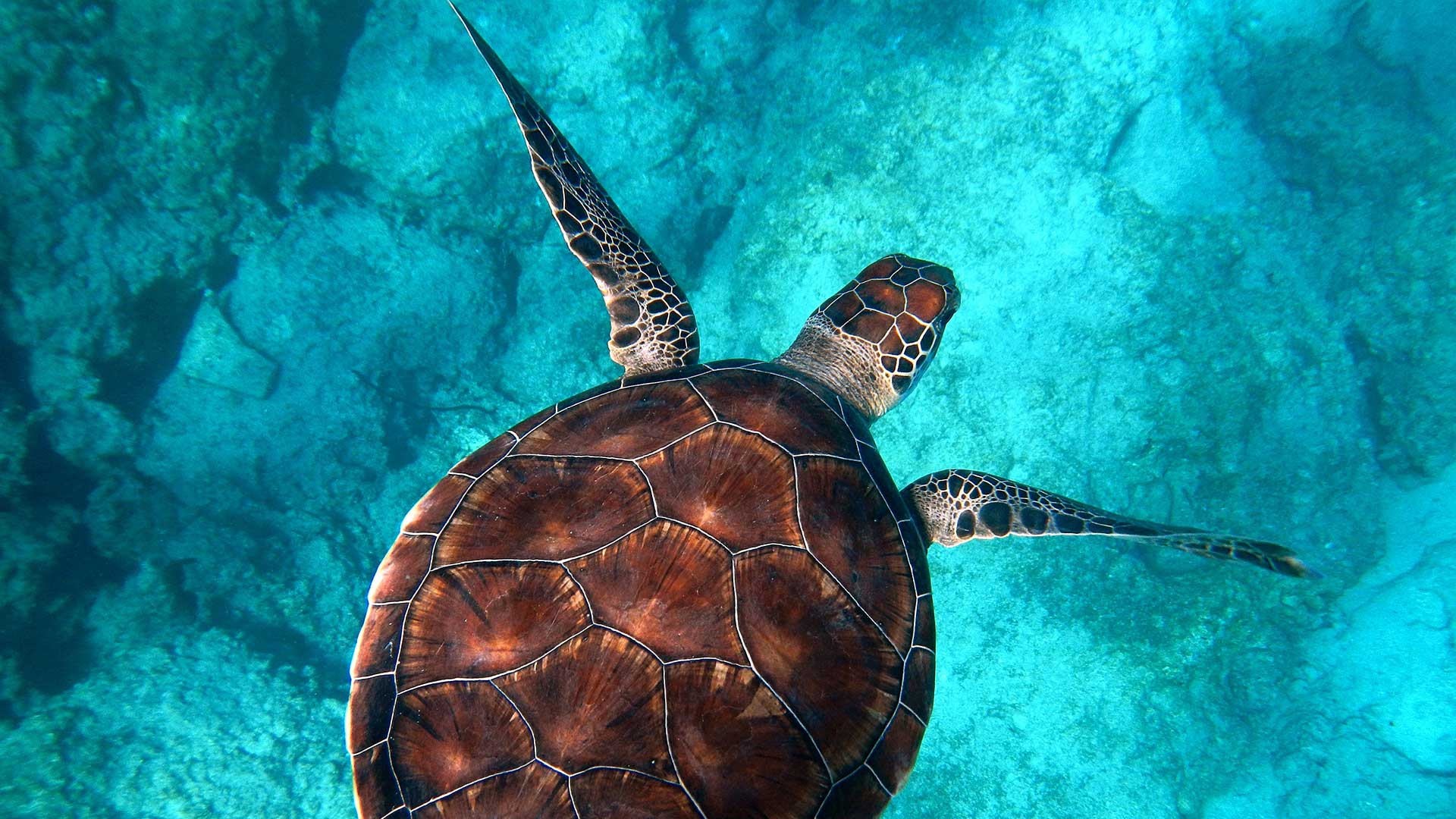Becoming Stewards of the Otay Valley Watershed
August 7, 2014
WILDCOAST recently worked with Nick Elher’s High Tech High (HTH) class to create an interactive map that will help organizations and stewards conserve the Otay Valley Watershed and create public awareness of this amazing conservation area and the resources it contains. At the end of the project, the students realized their community, and even themselves, are part of the beautiful Otay Valley Watershed. 
Forty seven students, the majority who live in communities within the watershed, camped at Otay Lakes County Park and hiked the length of the river, passing through the Otay Valley Regional Park and arriving at the south San Diego Bay. Over the following weeks they were divided into groups to focus on impacted areas in the western end of the park and collected data, including dump sites, types of trash, and water quality in the ponds that are spread through out the park. They worked with the Otay Valley Regional Park Rangers and Coastkeeper to gather this information, which was later analyzed and helped create the interactive map.

Be sure to check out the map below and zoom into the western edge of the Otay Valley Watershed, or simply click on sites of interest in the box to the left to learn more.
The experience is best summed up by WILDCOAST intern and member of the HTH team Luis Reyes:
“Project Wild was a fun and invigorating experience for all the students of High Tech High Chula Vista and Nick and Angie’s team. This project took on the task of project based learning to a whole new level with long hikes and trash pickups. Day by day this project pushed us to new extremes. Both the hikes and trash pick-ups gave the students more of an understanding on how big their watershed is and how they should feel a part of something much greater than they are. This project was about the public’s acknowledgement of the areas surrounding them as well as for us to understand the major impacts that we leave behind on the environment and how big our ecological footprint can be.”



You must be logged in to post a comment.